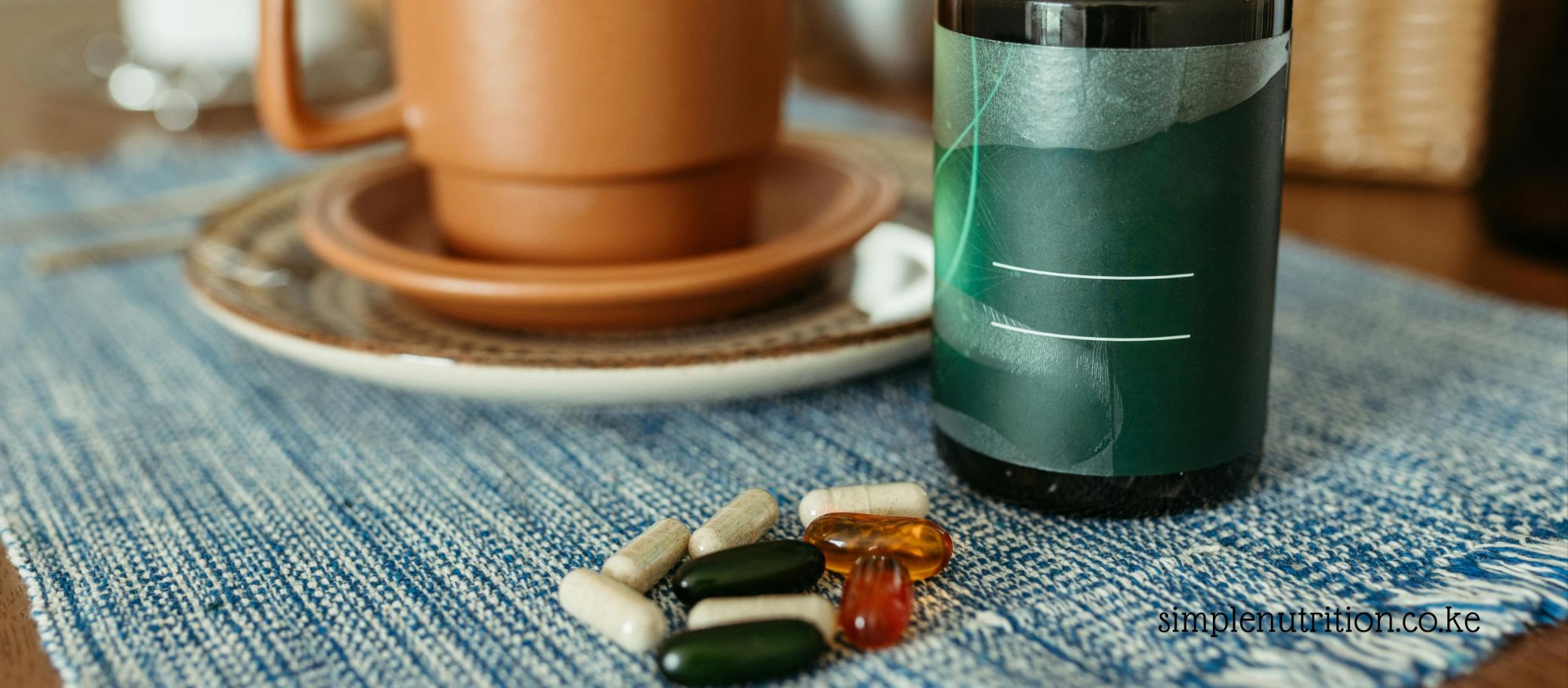As a mom, choosing what to feed your baby can feel overwhelming especially with all the products on the shelves today. But let me remind you of something simple, affordable, and packed with benefits: millet porridge. This traditional food is making a powerful comeback and for good reason.
In this blog, I’ll take you through:
- Why millet porridge is one of the best foods for babies
- What nutrients it offers
- When and how to feed your baby millet porridge
- How to enrich it naturally at home
- Other healthy alternatives for your growing child
All using simple ingredients you probably already have at home.
What Nutrients Are in Millet Porridge?
Millet porridge isn’t just easy to prepare, it’s also a nutrient-dense food that supports babies during their critical growth stages. Here’s what it offers:
Iron – Crucial for preventing anemia and improving brain development
Calcium – Builds strong bones and growing teeth
Magnesium and Zinc – Helps with immunity and energy production
B Vitamins (B1, B2, B3, B6) – Support brain growth and digestion
Protein – Helps with muscle and tissue development
Fiber – Keeps digestion smooth and prevents constipation
Slow-release energy – Keeps babies full and active for longer
Plus, millet is naturally gluten-free, making it gentle on little tummies especially helpful for babies with allergies or food sensitivities.
Why Feed Millet Porridge Instead of Just Milk?
Breast milk is the best food for babies under 6 months. But once your baby hits that 6-month milestone, they need more nutrients than milk alone can provide. That’s where millet porridge comes in.
Here’s why you should consider millet porridge instead of relying on milk or commercial cereals:
More iron than cow’s milk – Cow’s milk is low in iron and can interfere with iron absorption. Millet gives your baby a natural iron boost.
Keeps baby full longer – The fiber and complex carbs in millet are slow-digesting, meaning fewer hunger cries in between feeds.
Prevents sugar overload – Some store-bought baby cereals have added sugar. Homemade millet porridge has natural sweetness and no junk.
Supports digestion – Babies often get gassy or constipated when introduced to heavy foods. Millet is gentle and gut-friendly.
Encourages diverse feeding early – This helps your baby accept a wider range of healthy foods as they grow.
When Should You Start Feeding Millet Porridge?
Start millet porridge as soon as your baby turns 6 months ideally as a first weaning food.
Feeding schedule:
Morning (8–10 am) – A small amount of millet porridge after breastfeeding
Afternoon (12–2 pm) – Offer again with added vegetables or fruits
Evening (5–6 pm) – Lightly enriched millet to keep your baby full for longer naps
Remember: At 6–8 months, breastmilk should still be the main source of nutrition, so porridge is just a complement. Feed 1–2 times per day, increasing gradually as your baby adjusts.
How to Enrich Millet Porridge Naturally at Home
Plain millet porridge is a great start. But enriching it ensures your child gets even more nutrients in every spoonful. Here are some simple ingredients you can add:
- Groundnut (peanut) paste _ Adds protein, healthy fats, and makes the porridge more energy-dense. Just a small spoon goes a long way.
- Moringa powder _ This green super-leaf is rich in iron, calcium, and vitamin A. Add a pinch once the porridge is cooked (don’t boil it in).
- Pumpkin or sweet potato puree _ These are naturally sweet and rich in vitamin A for good eyesight. Plus, they make the porridge creamy
- Mashed banana or avocado _ Banana provides potassium and energy, while avocado adds healthy fats for brain development.
- Bone broth (for older babies)_ Use bone broth as a cooking base instead of water especially when your baby is closer to 8 months. It’s full of minerals and adds flavor.
- Boiled egg yolk (mashed in) _ Egg yolk is gentle and full of choline and iron. Introduce this around 7–8 months.
Simple tip: Always introduce new ingredients one at a time to watch for allergies. Keep the texture smooth for easier swallowing.
How to Prepare Millet Porridge (Simple Recipe)
Ingredients:
2 tbsp millet flour
1 cup clean water /broth
Optional: mashed banana, moringa, peanut paste
Method:
1. Mix the flour with water to avoid lumps
2. Boil while stirring continuously for about 7–10 minutes
3. Once cooked, let it cool slightly
4. Add your enriching ingredient (banana, peanut paste, etc.)
5. Serve warm
Other Healthy Foods for Your Baby
Once your baby starts solids, offer a variety to cover all nutrients:
- Mashed beans or green grams – Protein and iron
- Soft fruits like mango, pawpaw, and cooked apples
- Cooked and mashed carrots, pumpkin, and spinach
- Omena (dried sardines) – Ground into powder and mixed into porridge or ugali
- Plain mashed potatoes or arrowroots – Light on the tummy but filling
Always watch your baby’s response. Some may need time to get used to textures.
Related Posts from Simple Nutrition:
Cracking the Myth: Eggs and Baby’s Brain Development
Feeding your child well doesn’t have to be expensive or complicated. Millet porridge is affordable, nutrient-rich, and easy to enrich using local foods. As your baby grows, build on this foundation by adding new ingredients slowly, encouraging a love for natural, home-cooked foods.
Discover more from Simple Nutrition
Subscribe to get the latest posts sent to your email.






